When you’re looking for new headphones, you want great sound and a product that lasts. Yamaha headphones are known for their excellent audio, but how well do they handle daily use? This guide explores the materials, design, and user feedback that define their durability. We’ll look into what makes them a reliable choice for your audio needs, ensuring you can invest with confidence.
What Makes Yamaha Headphones So Tough?
Yamaha’s reputation for durability isn’t accidental. It stems from a long history of crafting high-quality musical instruments and audio equipment since 1887. This legacy of precision engineering is directly applied to their headphones.
They focus on building products that can withstand the rigors of both professional studio environments and daily commuting. The core philosophy is to balance exceptional sound with robust construction.
This means every component, from the headband to the earcups, is designed to endure regular use without failing. This commitment ensures that your headphones are not just a purchase, but a long-term investment in quality audio.
A Closer Look at the Construction Materials
The choice of materials is a critical factor in the longevity of any electronic device. Yamaha often uses a smart combination of high-grade plastics, lightweight metals like aluminum, and soft-touch finishes.
These materials are selected not just for strength but also for comfort and weight. For example, using sturdy composites in the housing protects the internal components from drops and impacts, while metal reinforcement in the headband prevents snapping, a common failure point in cheaper headphones.
Even the ear cushions are made from durable synthetic leather or high-quality fabrics that resist peeling and tearing over time, ensuring both comfort and a lasting pristine look.
Smart Design and Engineering Choices
Beyond strong materials, the actual design of Yamaha headphones plays a huge role in their resilience. Engineers focus on minimizing stress points where damage is most likely to occur.
This includes features like reinforced joints where the earcups connect to the headband and durable, tangle-resistant cables that can handle being wound up and stuffed into a bag repeatedly. Many models undergo rigorous testing to simulate years of use, ensuring they meet high durability standards before they even reach the market.
Key design elements that boost longevity include:
- Ergonomic Shapes: Distributes pressure evenly, reducing strain on any single part.
- Reinforced Cables: Prevents fraying and internal wire damage at the connection points.
- Adjustable Sliders: Often made of metal to withstand constant adjustment without weakening.
This thoughtful engineering means you can enjoy your music without constantly worrying about accidental damage from normal, everyday handling.
How Do They Hold Up in the Real World?
Technical specifications are one thing, but real-world performance is the ultimate test. User feedback and reviews consistently praise Yamaha headphones for their ability to endure. Many users report their headphones lasting for many years, even with heavy daily use.
Whether used during a bumpy commute, a sweaty gym session, or for long hours in a professional studio, they consistently perform. Their robust construction means they handle daily knocks and scrapes effectively.
Crucially, users note that the sound quality remains consistent over time, indicating that the internal drivers and components are well-protected and built to last. This reliable performance fosters strong brand loyalty among consumers.
Yamaha Durability vs. the Competition
When comparing durability, Yamaha holds its own against other major audio brands. While brands like Bose and Sony are known for their premium features, Yamaha often provides a more rugged build, especially in their mid-range products.
This focus on build quality provides excellent value for money. You are investing in a product designed to outlast many competitors in the same price bracket, making it a cost-effective choice in the long run. Here is a quick comparison of how they stack up.
| Brand | General Durability Assessment |
| Yamaha | Consistently high durability with robust materials. |
| Sony | Generally durable, though some models can feel more plastic-heavy. |
| Bose | Good build quality, but often at a higher price point. |
| Audio-Technica | Strong build quality, especially in studio models, but can vary. |
This blend of affordability and long-lasting performance is what sets Yamaha apart for many buyers who prioritize reliability.
Simple Tips to Extend Your Headphone’s Life
Even the most durable headphones benefit from proper care. Following a few simple maintenance practices can significantly extend the life of your Yamaha headphones and keep them performing at their best.
Proper storage is the easiest and most effective way to prevent damage. When you’re not using them, placing them in a protective case shields them from dust, moisture, and physical impacts.
Here are a few key tips to follow:
- Clean Regularly: Wipe down the exterior and ear pads with a soft, dry cloth. Avoid harsh chemicals or excessive moisture.
- Handle Cables with Care: Avoid tightly wrapping the cable. Instead, coil it loosely to prevent strain on the internal wires.
- Avoid Extremes: Keep your headphones away from extreme heat, cold, and humidity, as these can degrade the materials over time.
Committing to these simple habits will ensure you get the most out of your investment for years to come.
Understanding Yamaha’s Warranty and Support
Yamaha’s confidence in their product’s durability is reflected in their warranty and customer support. Knowing these details provides peace of mind with your purchase.
Most Yamaha headphones come with a limited warranty that typically lasts for one to two years, depending on the specific model. This warranty covers any defects in materials or workmanship under normal use conditions.
It is important to remember that this usually doesn’t cover accidental damage, such as from drops or water exposure. Should you have an issue, Yamaha offers a reliable support system with online resources, email, and phone support to help resolve your concerns.
Frequently Asked Questions
How durable are Yamaha headphones compared to other brands?
Yamaha headphones are highly regarded for their robust construction, often using premium plastics and metal components. This makes them generally more durable than many competitors in similar price ranges, especially when it comes to resisting daily wear and tear.
What materials are used to make Yamaha headphones so durable?
They typically use a mix of reinforced plastics, lightweight metals like aluminum for headbands, and high-quality synthetic leather or fabrics for ear cushions. This combination ensures strength and longevity while maintaining user comfort.
Are Yamaha headphones resistant to sweat and water?
While most standard Yamaha headphones are not fully waterproof, some models designed for active use offer moisture or sweat resistance. It is always best to check the specific product specifications to understand its level of protection against moisture.
How can I maintain my Yamaha headphones to make them last longer?
To maximize their lifespan, store your headphones in a protective case, clean them gently with a dry cloth, and avoid exposing them to extreme temperatures. Also, be careful not to put stress on the cable or adjustment points.
What does the warranty for Yamaha headphones typically cover?
Yamaha’s limited warranty, usually for one to two years, covers manufacturing defects and durability issues that arise from normal use. It does not cover damage caused by accidents, misuse, or unauthorized modifications.

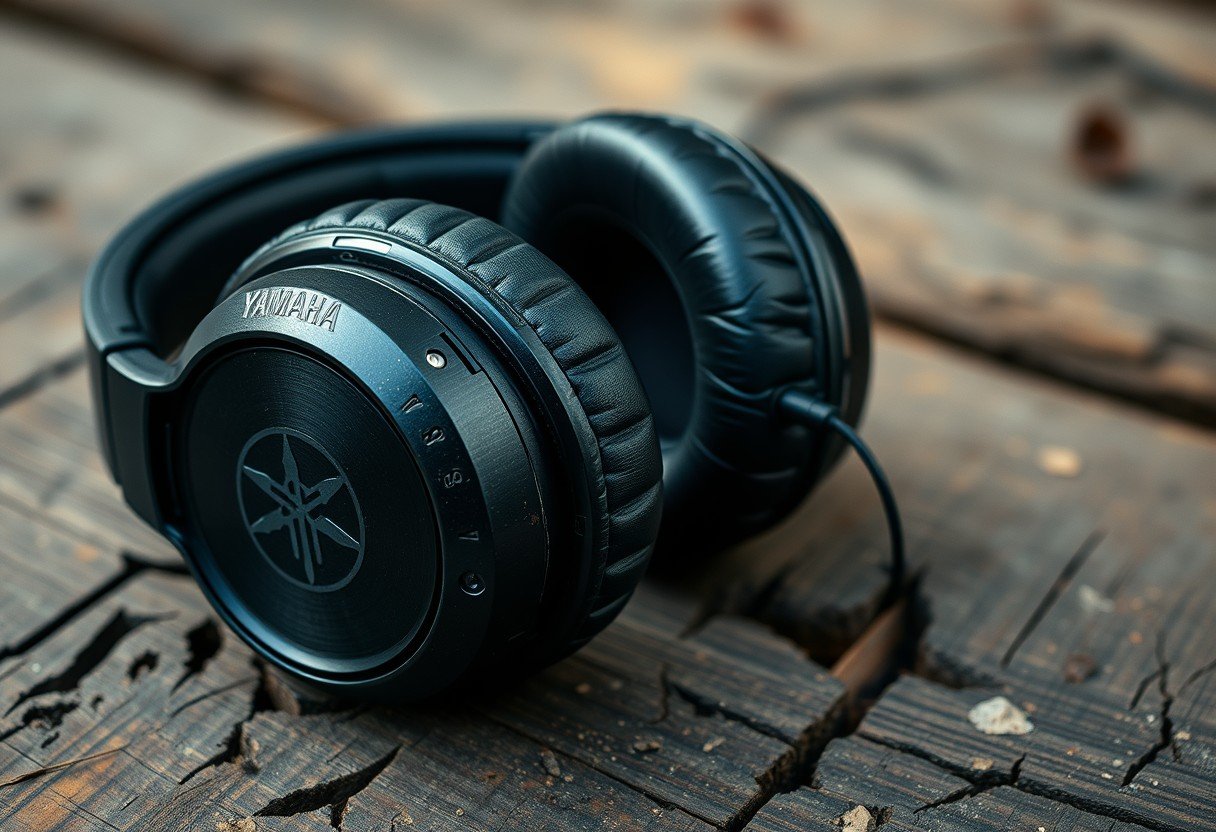
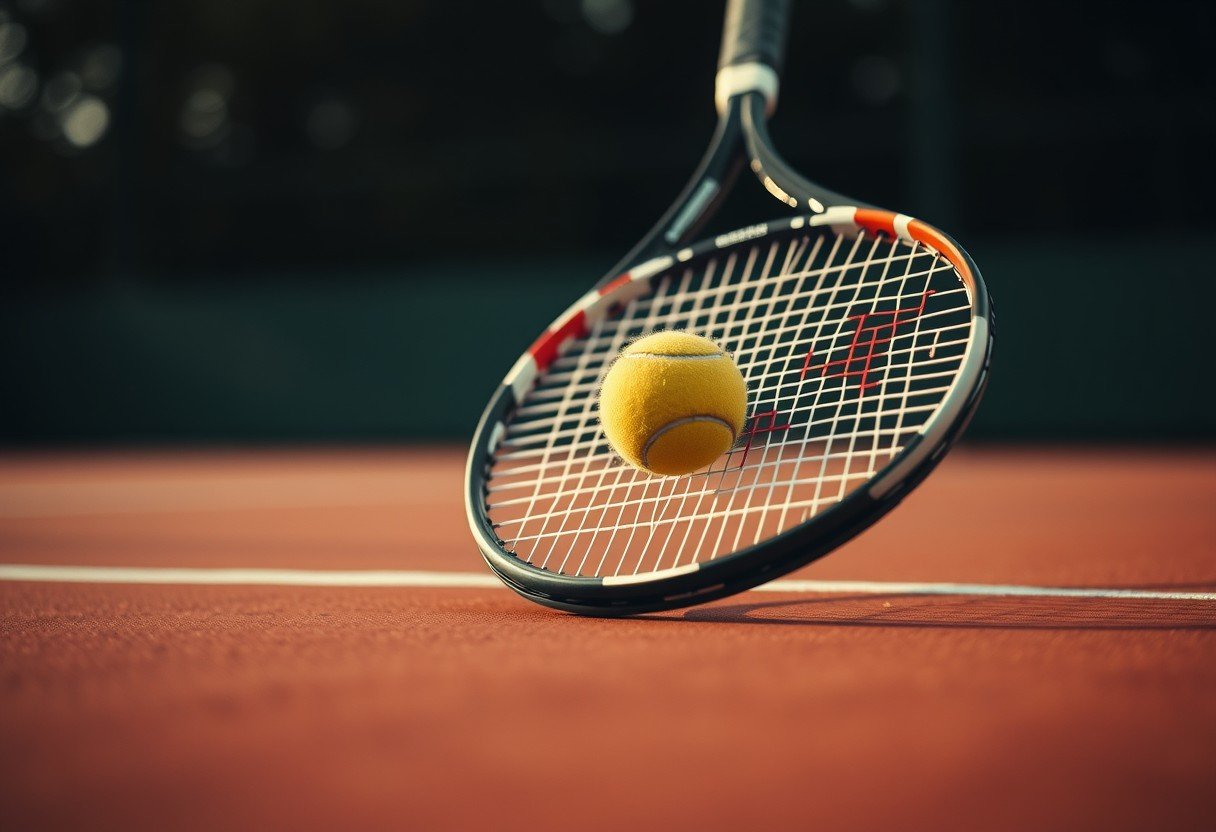
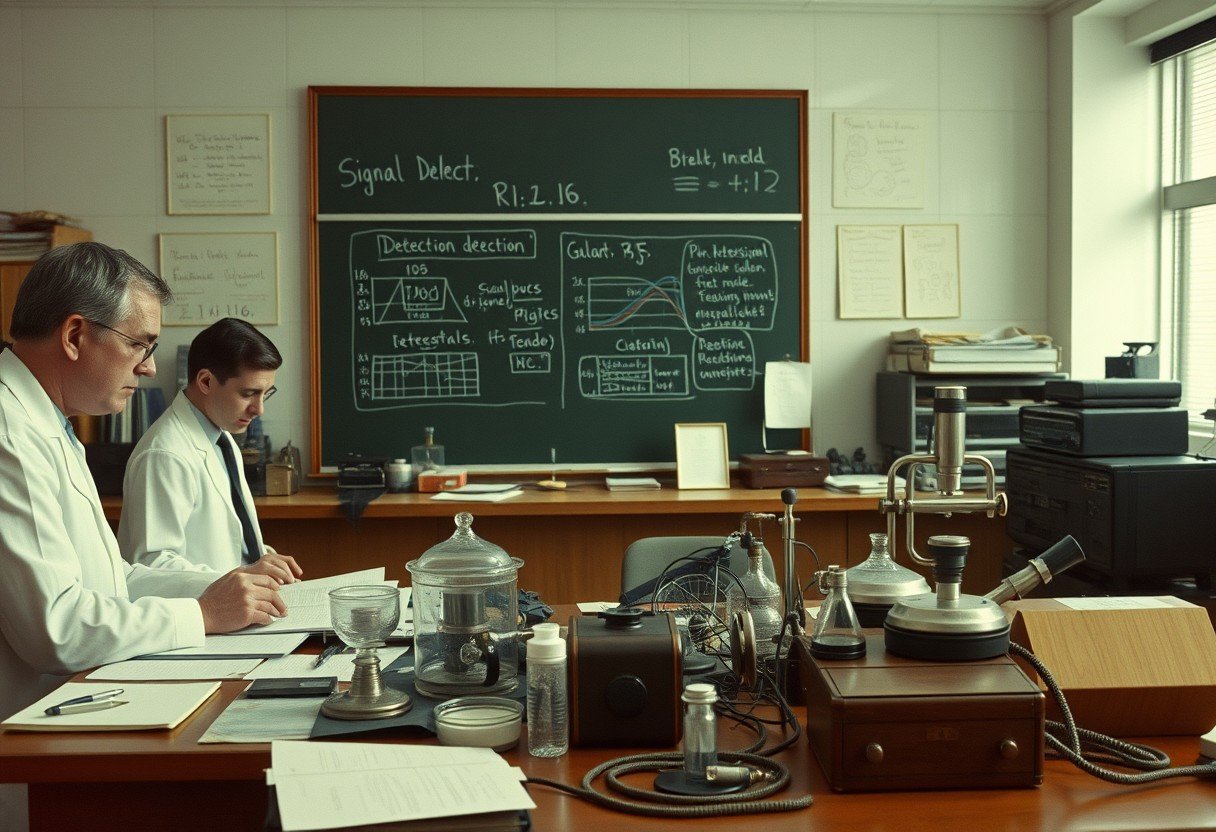


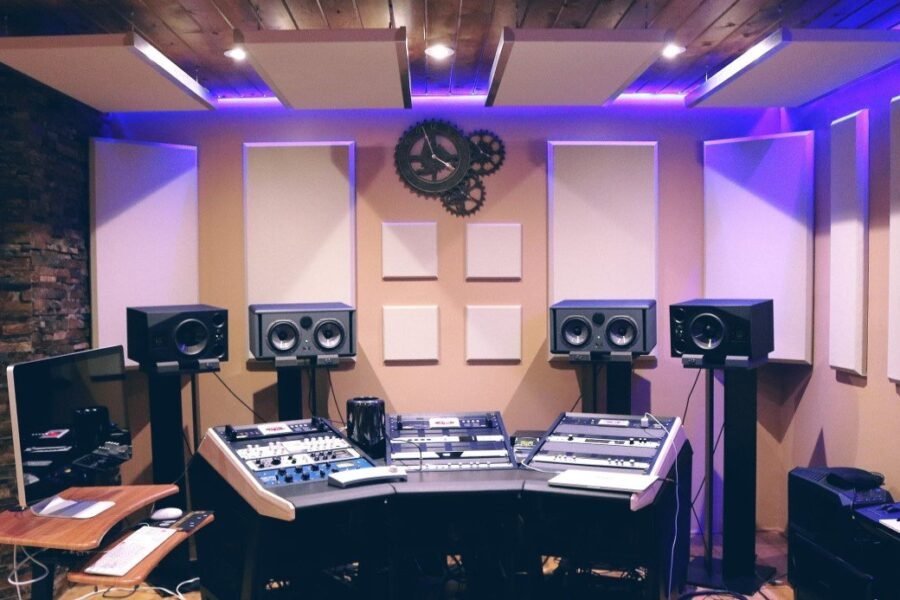
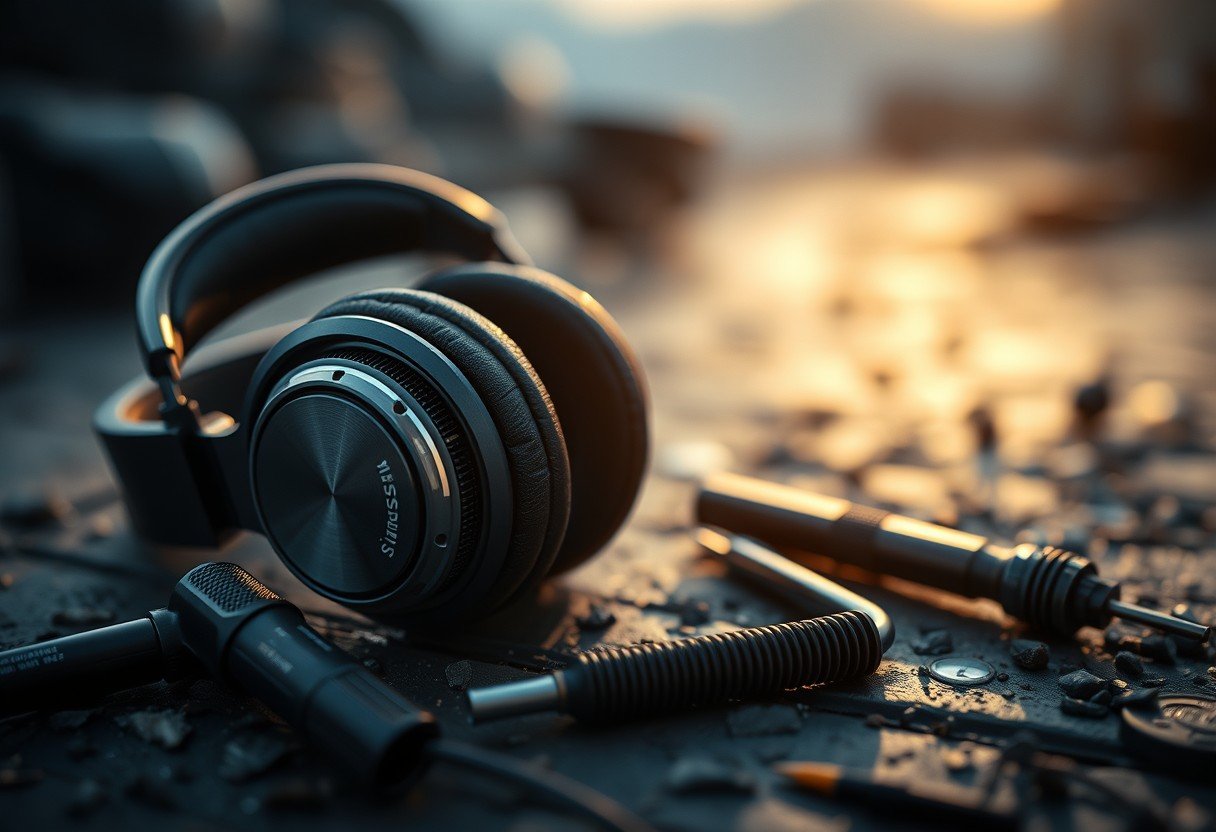
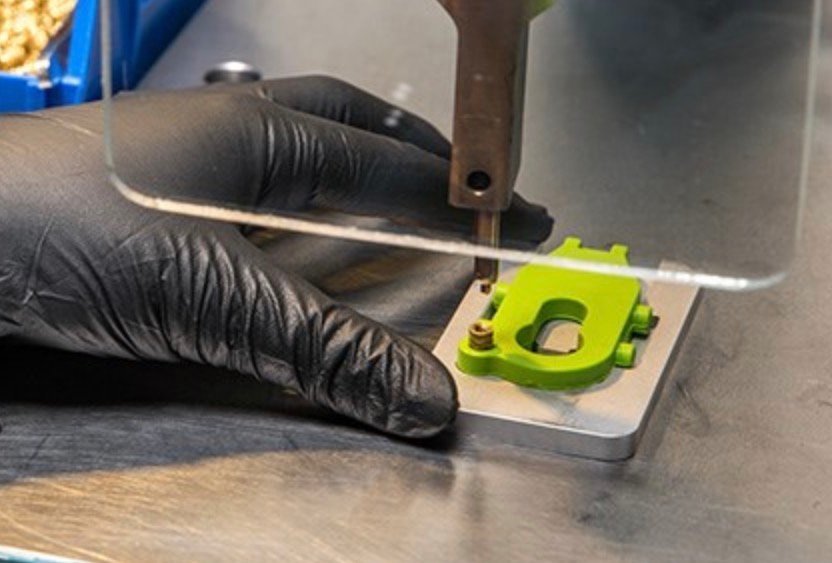
Leave a Comment